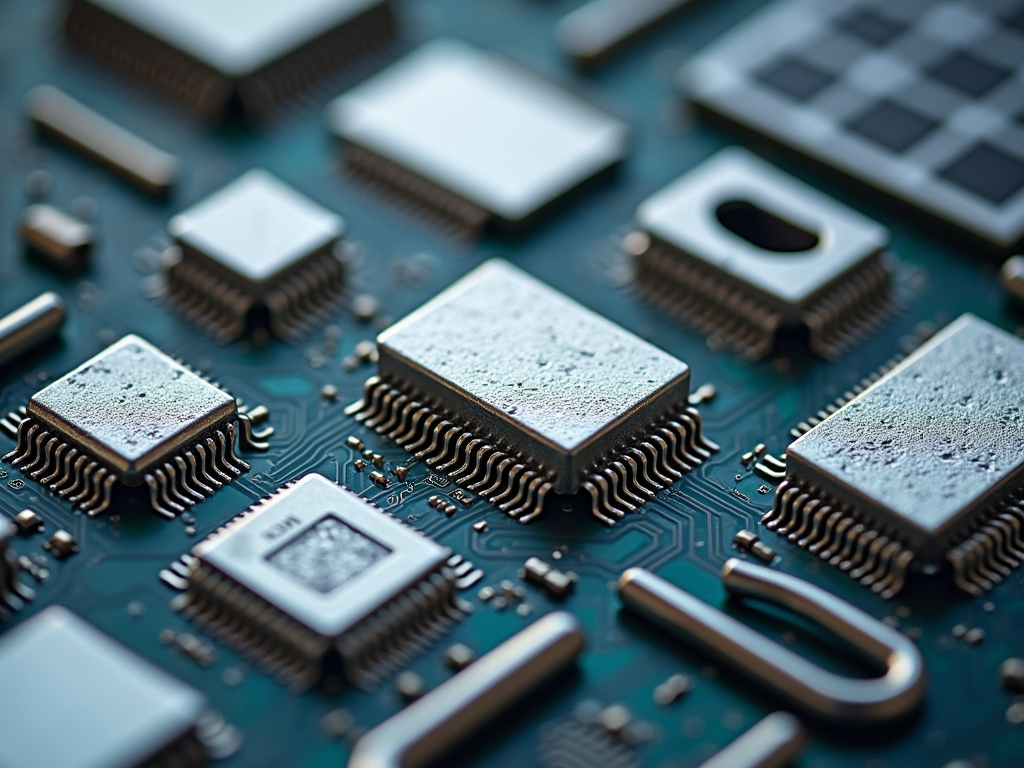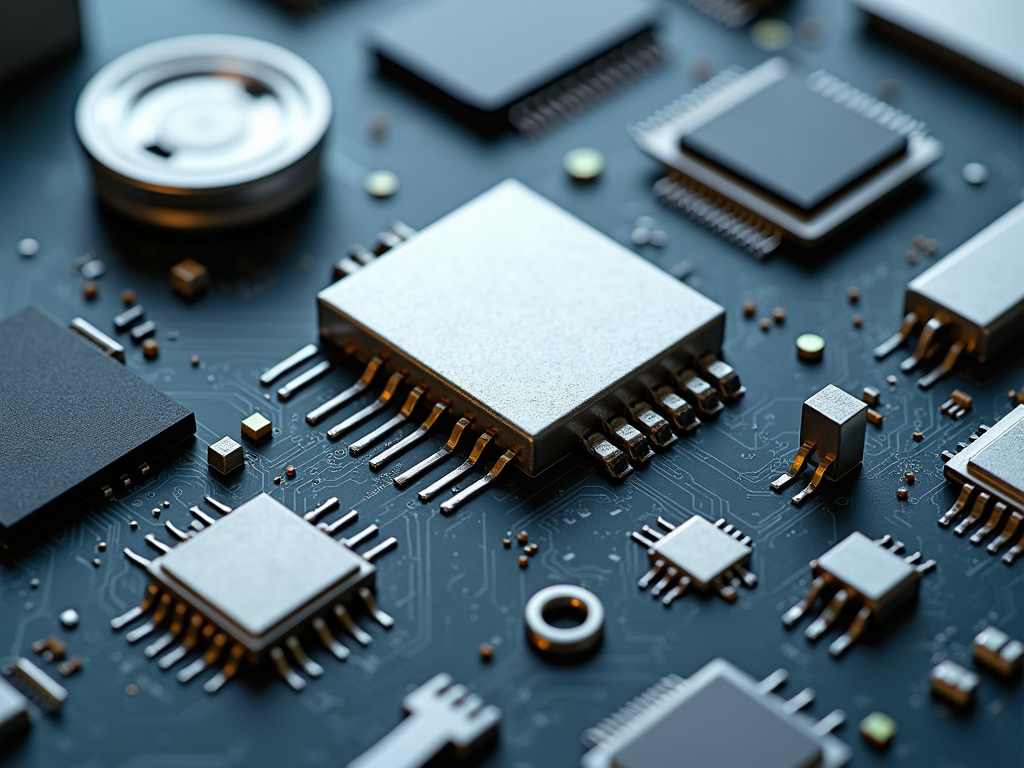Silver, often overshadowed by its shiny cousin gold, expresses its splendor in industry and as an investment asset. Thanks to its extraordinary conductivity and antibacterial properties, silver is indispensable in numerous technological applications. At the same time, it attracts attention as an investment object with opportunities and risks that require careful consideration. This article highlights how silver functions as both an industrial metal and a store of value, and what possibilities and dangers exist for investors.
Silver: Key to Technological Innovations and Industrial Progress

Silver, a precious metal that often finds itself in the shadow of the more prestigious gold, occupies an essential place in the industrial world. Its extraordinary conductive capacity, both electrically and thermally, combined with significant corrosion resistance, places silver at the center of technological applications. Almost two-thirds of the world’s silver production is used in industry, underscoring its importance and versatility.
The electronics sector is inextricably linked to silver. Here it serves as an ideal electrical conductor in countless electronic components. From mobile phones to tablets and computers, reliable electrical connections are often attributed to silver. Even in the smallest components, such as plugs and switches, silver proves indispensable, ensuring not only extraordinary conductivity but also significant corrosion resistance.
Moreover, silver has the ability to save lives. In medical technology, it is widely used as an antibacterial substance. Silver-based compounds are employed in medical devices to reduce the risk of infections while supporting healing processes. These antibacterial properties can be found not only in prosthetics and implants but also in daily hospital hygiene to ensure sterility.
An additional growing field is the solar industry. The push towards renewable energy sources has led to a significant increase in demand for silver. As a key component in solar cells, silver’s high conductivity ensures efficient energy conversion. This not only stimulates demand but also reflects silver’s central role in our commitment to green energy.
The automotive industry, which is increasingly moving towards electrification, also utilizes silver to ensure the reliability of its electrical components. Sensors and switches in modern vehicles benefit from this metal’s unique characteristics.
Finally, silver also brings clean water. In water purification plants, silver ions are used to eliminate bacteria, helping to ensure the quality of drinking water.
These wide-ranging applications make silver a pillar of industrial production and technological innovation. The demand and price trends of silver are closely linked to economic factors and technological advancements, while the ongoing development in the fields of renewable energy and electronics will continue to drive forces in the years to come.
Silver: A Fine Balance Between Opportunities and Risks for Smart Investors

Silver, a precious metal of unique value, has attracted investors for centuries. With its role as an industrial powerhouse and safe haven, it is gaining increasing importance in the investment world. The dynamics between the opportunities and risks presented by silver is akin to a balancing act that must be mastered to reap profits.
The industrial demand forms a solid foundation for the silver market. Due to its extraordinary electrical and thermal properties, silver is indispensable in electronics and the emerging solar industry. This application offers opportunities for stable price development as demand in sectors like electric mobility grows relentlessly. This long-term view, combined with its political appeal as protection against inflation, gives the precious metal stability. Silver offers, especially in situations of moderate inflation, a way to maintain value, as price increases often support its stability.
For investors on a budget, silver represents an accessible investment opportunity, where larger quantities can be purchased for the same invested amount compared to gold. This makes it particularly attractive as a diversification tool to protect a portfolio from market shocks. Additionally, silver has the advantage of not being directly correlated to stock markets or currencies.
However, there are significant risks to consider. The price volatility of silver can lead to substantial value fluctuations, which can particularly affect short-term oriented investors. Moreover, there are reports of market manipulations by financial institutions. These manipulations could sometimes unpredictably influence the price of silver. The influence of the industry, crucial for silver, can have a counterproductive effect: rising demand may stabilize prices, while a downturn could lead to considerable losses.
Methods to invest in silver are numerous. Physical silver offers the security of tangible value, while shares in silver mining companies or ETFs represent options for those who do not consider physical storage. These assets offer diversification, but usually come with higher risks.
In general, silver is a promising investment for future-oriented investors willing to accept the peculiarities and risks of this fascinating precious metal. A deep understanding of market mechanisms and a well-thought-out investment strategy are essential to maximize the benefits from investing in silver.